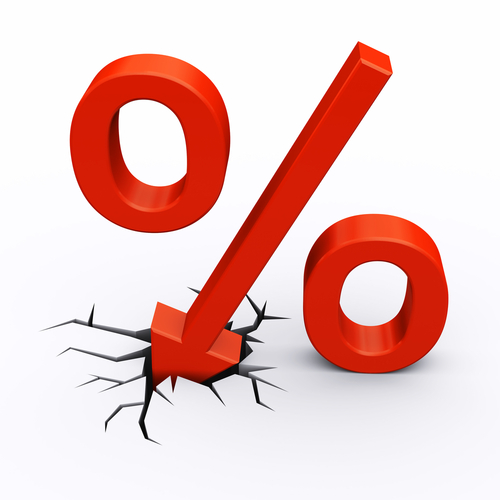Put simply, the current state of the reinsurance market is unsustainable, and as the ability to subsidise margins with reserve releases diminishes, the sustainability of the overall insurance and reinsurance marketplace needs to be given some thought.
 This is according to industry experts and executives that spoke with A.M. BestTV at the 2018 Meeting of Reinsurance Officials in Montreal (MORO), an event organised by The International Cooperative and Mutual Insurance Federation (ICMIF).
This is according to industry experts and executives that spoke with A.M. BestTV at the 2018 Meeting of Reinsurance Officials in Montreal (MORO), an event organised by The International Cooperative and Mutual Insurance Federation (ICMIF).
The executives discussed the impacts of 2017 natural disaster events on re/insurance market dynamics, ultimately stressing that in short, “it’s just not sustainable,” during a panel at the event and with A.M. BestTV.
During the panel, explained Gregg Lockhart, Director of Reinsurance operations at Shelter Mutual, “some information was shared that over the long-run, there is still a margin in reinsurance when you look 10-15 years out, but part of that margin is being subsidised by reserve releases, and that continuance is not going to be available, that is going to be able to further subsidise the reinsurance pricing.”
It’s an interesting point and one that has been raised before, particularly during the softening market cycle when it was evident that some reinsurers would have been in unprofitable territory were in not for releasing high levels of reserves to offset poor underwriting returns, which were ultimately being driven by rate reductions.
This trend, said Lockhart, “further lends itself that the current state of the market is not sustainable.”
After years of benign catastrophe loss activity and heightened competition from both traditional and alternative reinsurance sources, rates in the reinsurance market maintained a downward trend, with many in the industry highlighting the need for a market turning event in order for pricing to start moving in a more positive direction.
The second-half of 2017 witnessed just that with a series of large catastrophe events, including hurricanes Harvey, Irma, and Maria, two powerful earthquakes in Mexico, and two severe California wildfires.
While the total cost of the events on an economic and insured level remains unclear, it is expected to be one of the costliest natural catastrophe loss years on record for the re/insurance industry, with reports suggesting that much of the losses will be retained by the primary market.
Either way, it was hoped that a series of large events would remove enough capacity from the marketplace to drive meaningful rate increases at the January 1st, 2018 renewals season, but the ease at which alternative capital reloaded and the fact prices had fallen so far in the benign loss years, meant that while rates did go up, many in the space were disappointed at the level of increases.
Andreas Beckman, Chief Underwriting Officer (CUO), Director at R+V Versicherung AG, commented on reinsurance market pricing: “We all think the prices should be higher than they are, but where did it come from? Actually, before last year’s events, the last big event was 2005, hurricane Katrina, and since then the reinsurance market made a profitable year after a profitable year, which led to tremendous pressure on reinsurance pricing, and just one bad year doesn’t get the prices back where they should be, potentially.
“Where should the prices be? Again, the prices we all think should be a little higher, but it’s supply and demand.”
Anthony Phillips, Chairman, Willis Re, Latin America & Caribbean, also commented on rates, stating that in his region he hasn’t seen rates this low for around three decades.
“What I’m saying is, I’ve not seen the market as low, in my region, as I did this year, and the only comparison would be 1986-1987,” said Phillips.
Apundeep Lamba, Vice President Corporate and Actuarial Reinsurance services, The Co-Operators, also featured in the discussion with A.M. BestTV, and underlined the need to think on a long-term, sustainable basis.
“There will be years that will be more challenging for the primary markets, but at the same time there will be some years that are more challenging for the reinsurance markets. But you have to look at it the long-term. At the end of the day we are here to serve a societal need, and for that we need to think about long-term relationships and also think about the sustainability of the insurance market as a whole, insurance and reinsurance,” said Lamba.


